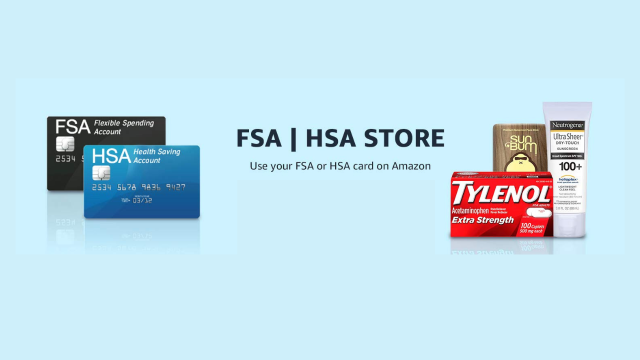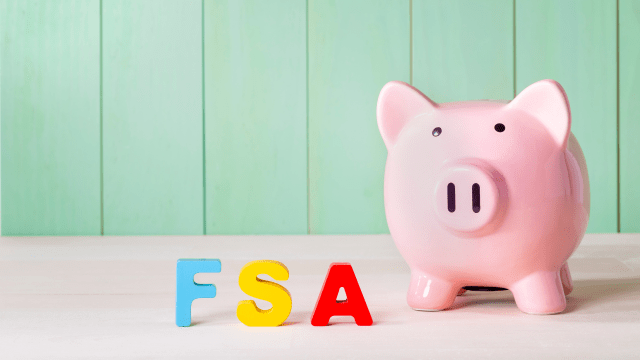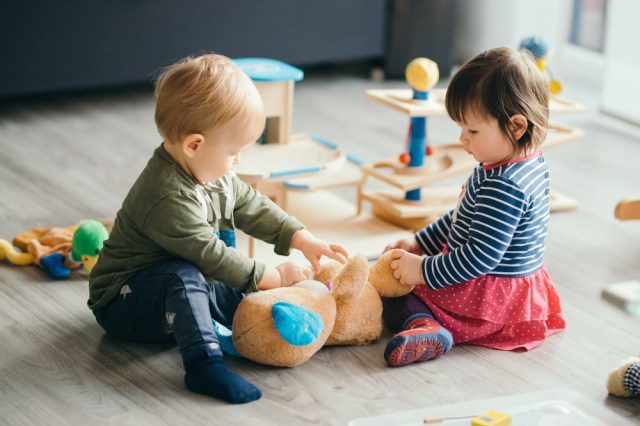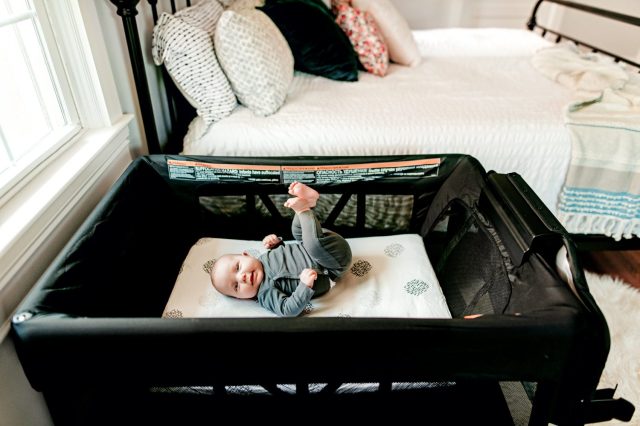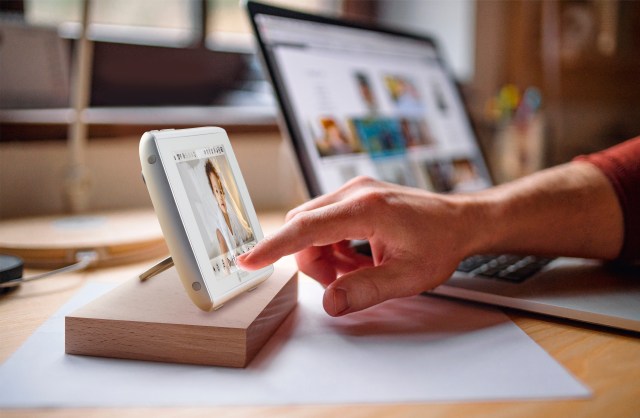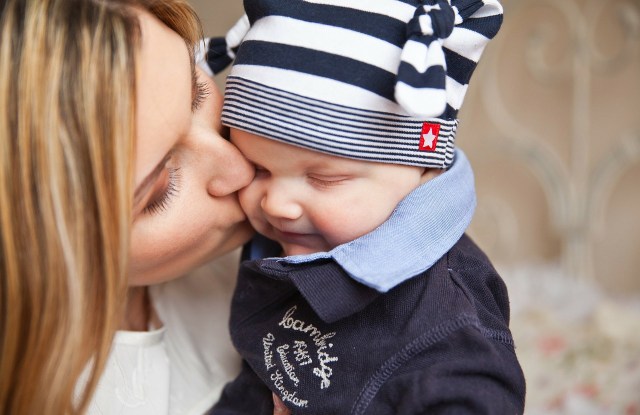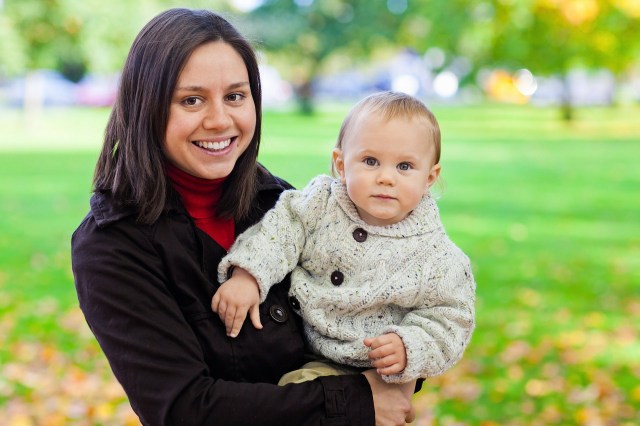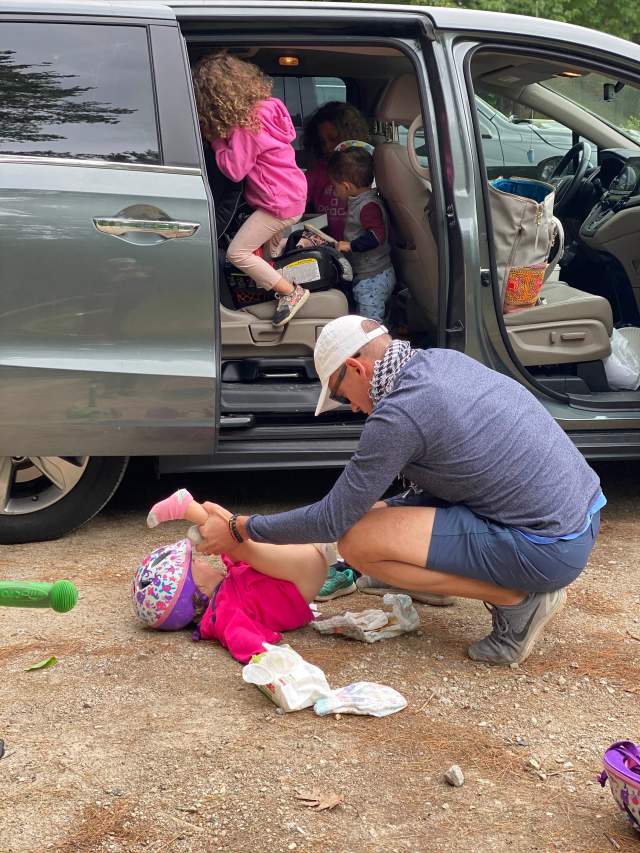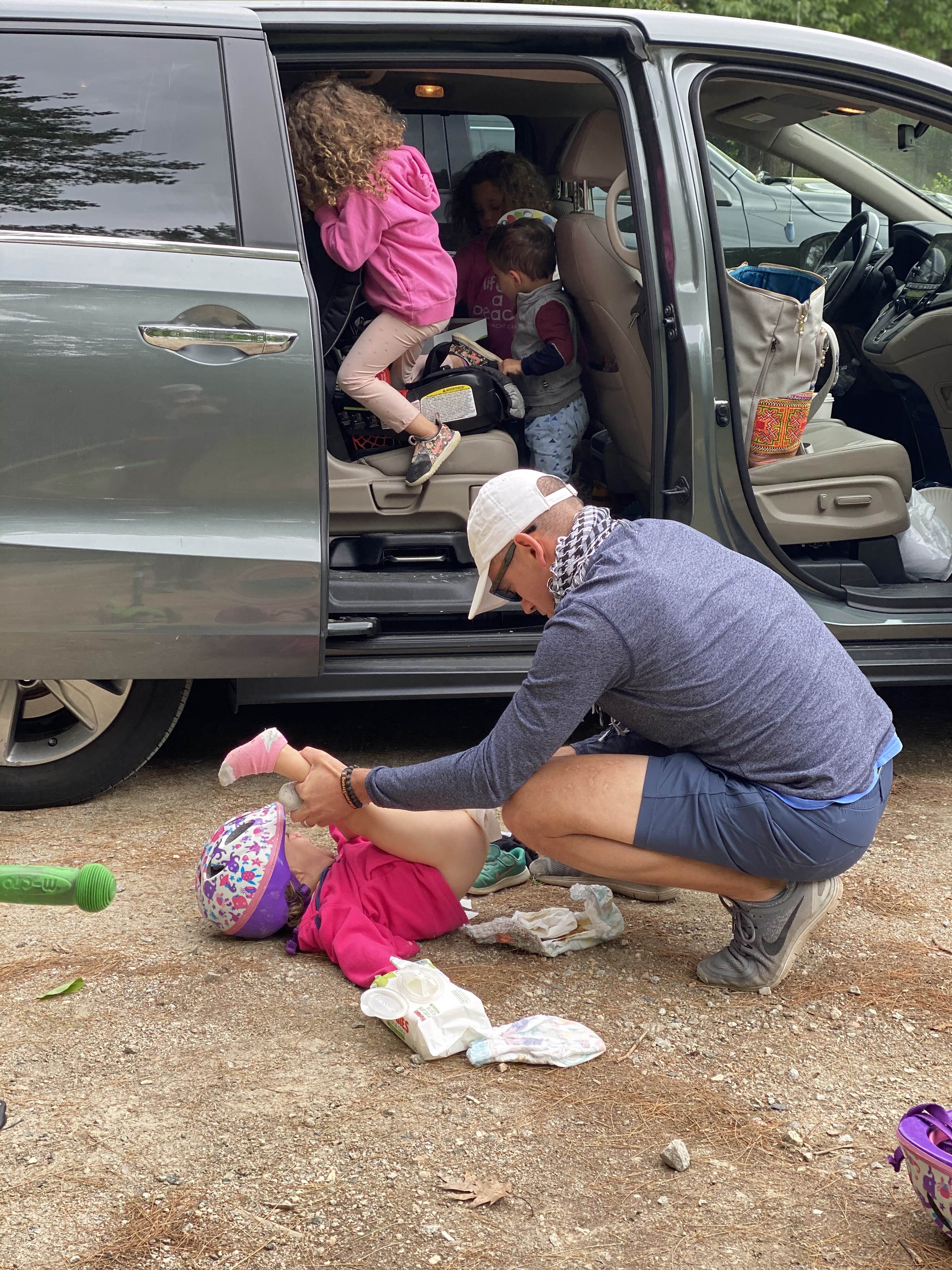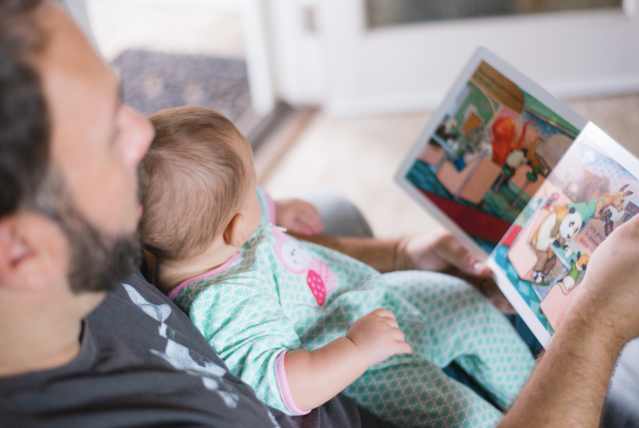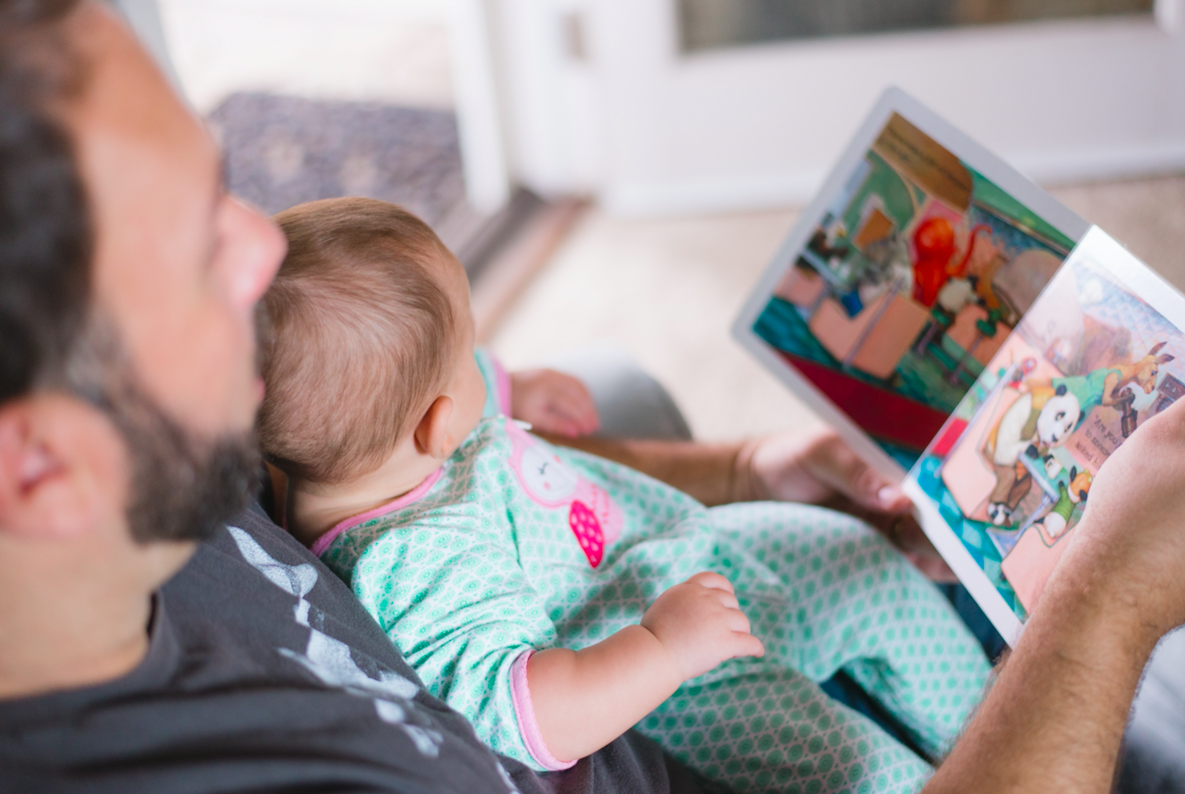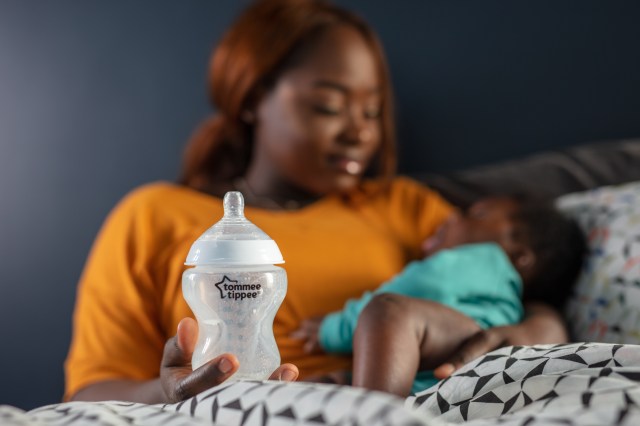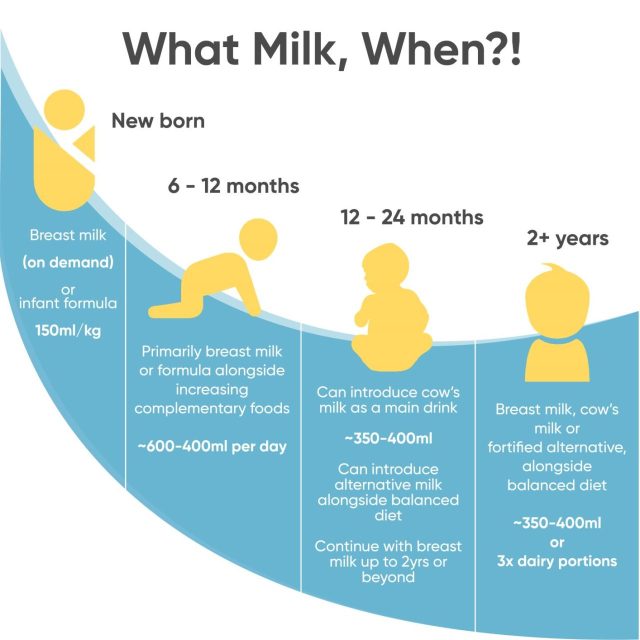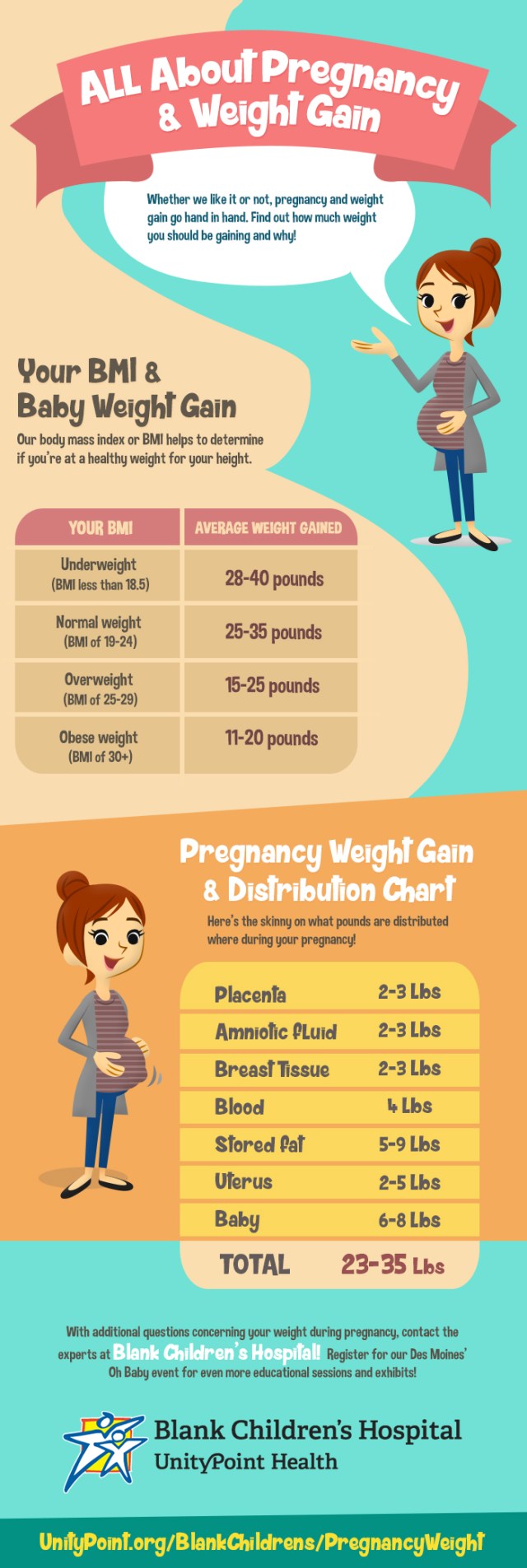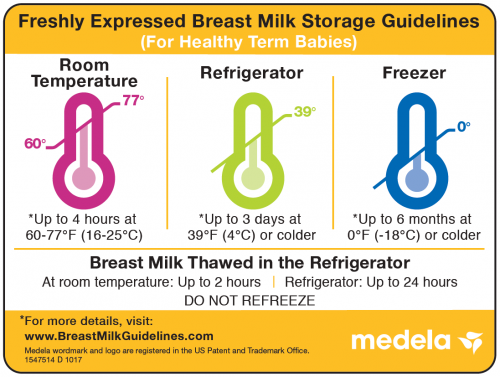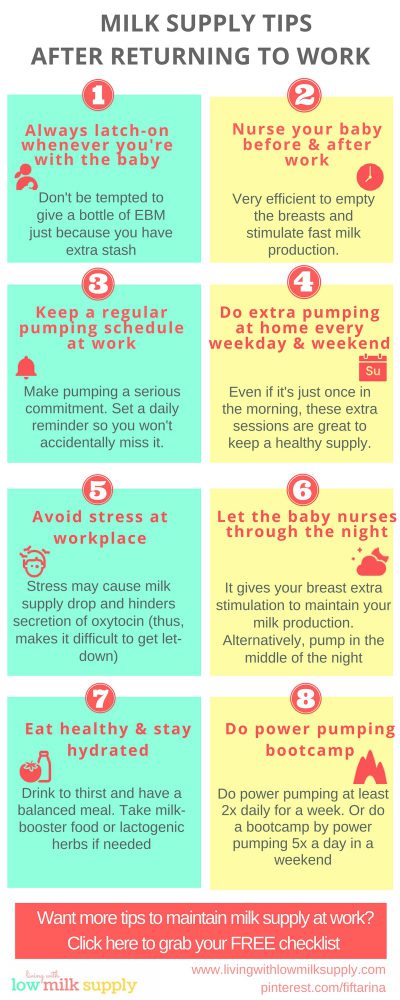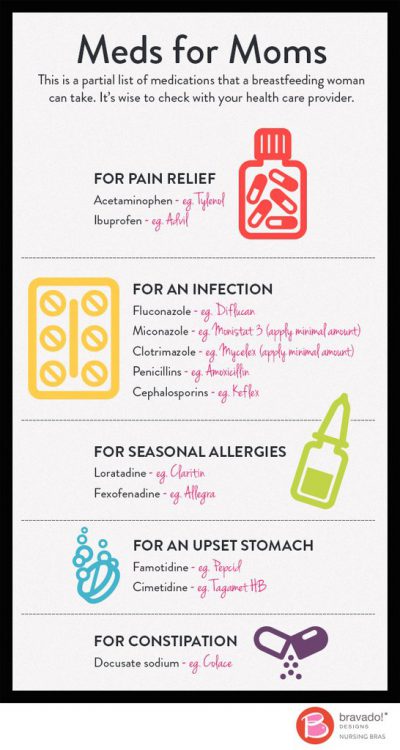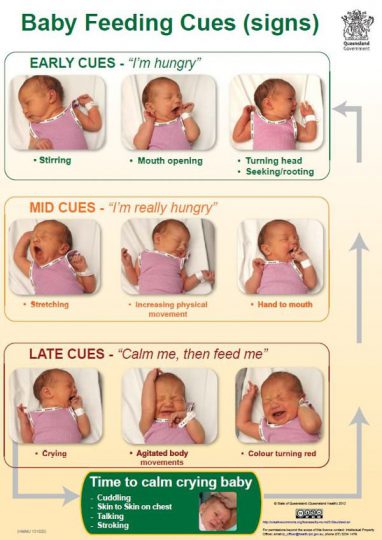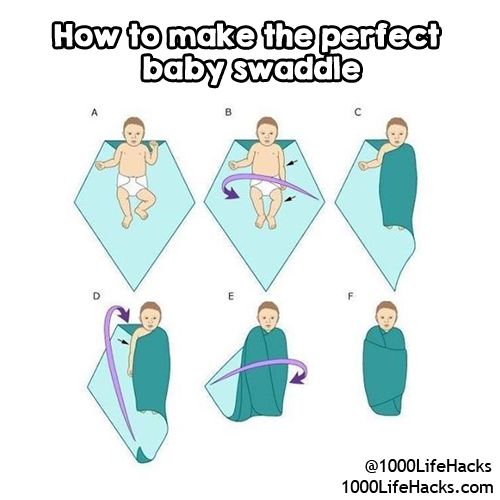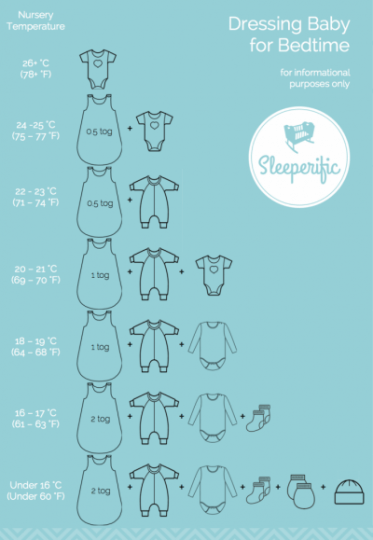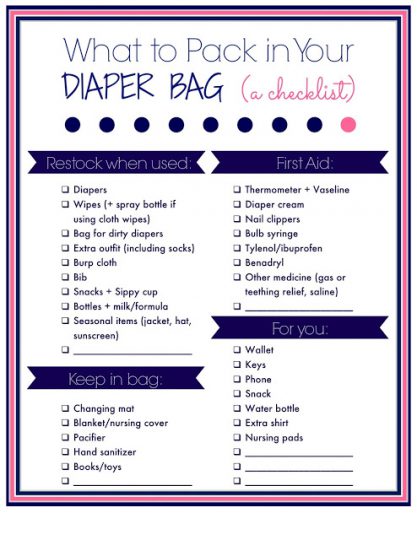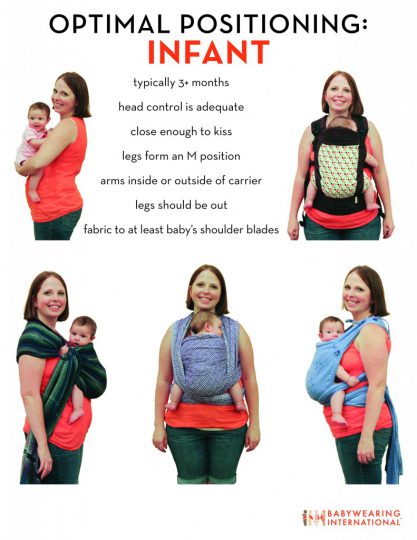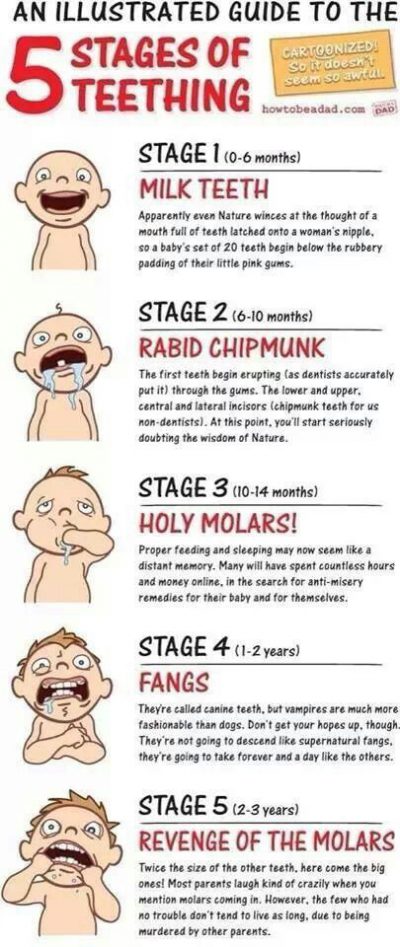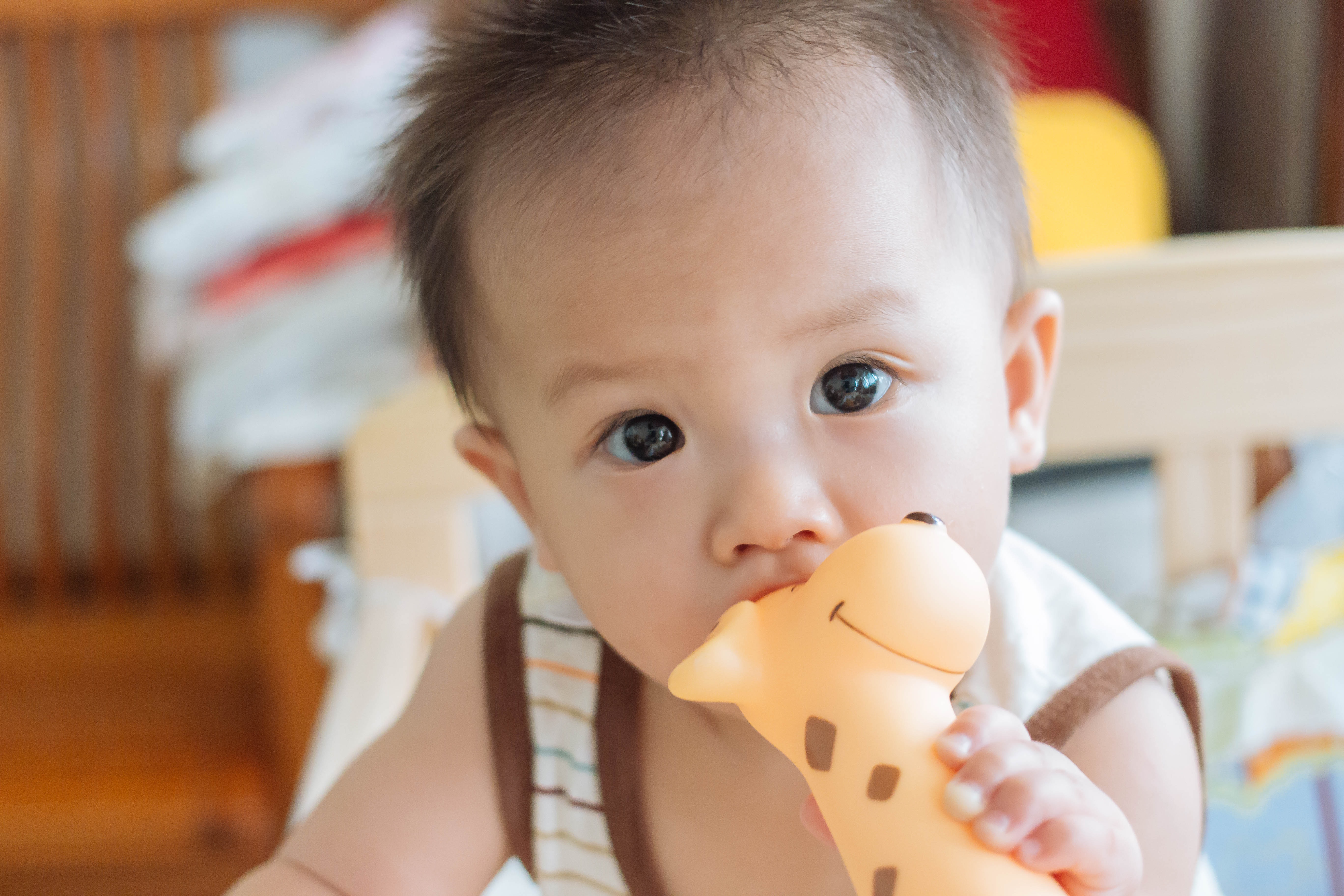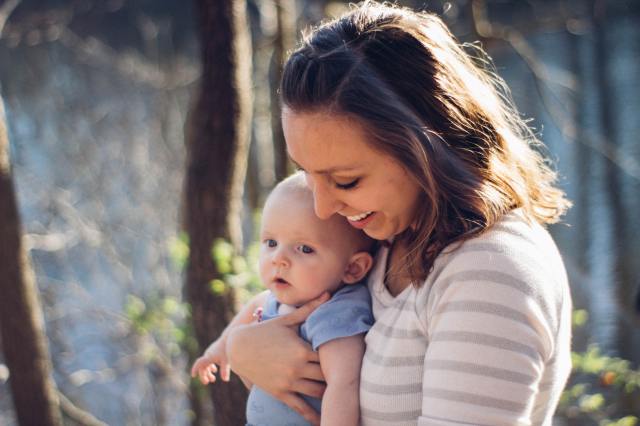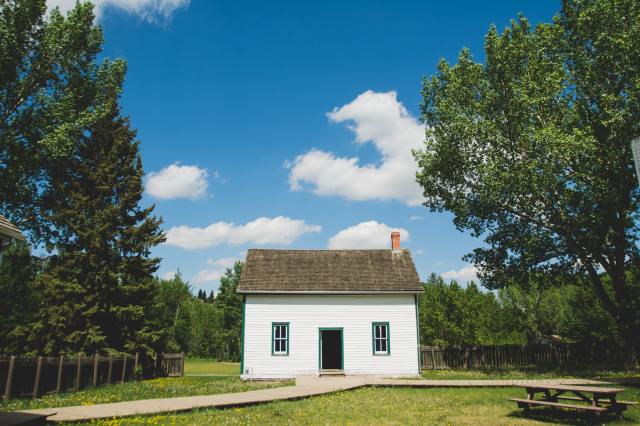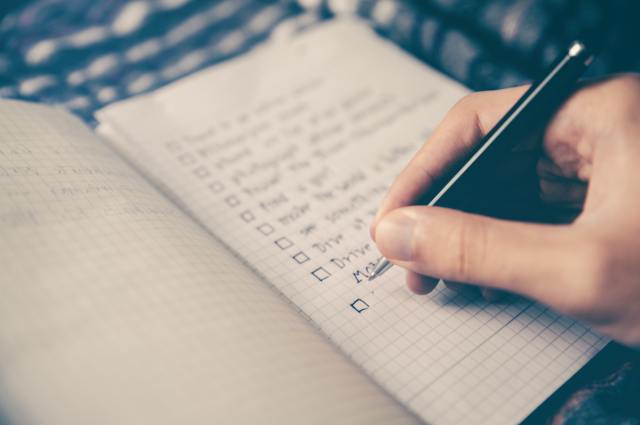Bring the kids to these ski resorts near Portland so they can learn the ropes—make that slopes—this season
Winter is here, and while Portlanders know that means rain in the Rose City, it also means snow in the mountains. That’s why now is the perfect time to take the kids skiing or snowboarding at a nearby Portland ski resort over a long weekend or whenever you’ve got time. Offering everything from lessons on the gentlest bunny hills around to expert black diamond runs your kids can aspire to conquer, these spots top our list for winter family fun. We’ll keep wishing for more of the white stuff so you can hit the slopes with the kids all the way through March.
Fantastic Places to Ski near Portland
Mt. Hood Skibowl

With close to 1,000 acres of terrain, 69 day runs, and over 300 inches of snowfall each year, there are hours of fun to be had at Skibowl. And the short drive from Portland makes it a great starting point for Portland families interested in a ski day. Beginners have lots of choices at this ski mountain, including runs at Skibowl East near the snow tube and Adventure Park, plus kiddie snowmobiles, a kiddie carousel, Frosty’s Playground, and an indoor play area when they need a break. Lessons are available for kids as young as 4 (including snowboarding), and it's easy to sign up when you get there. But Skibowl isn't just for beginners. This ski area also boasts more black diamond runs than at any other ski resort in the state.
Good to Know: Night skiing is definitely a thing at Skibowl; their 36 lighted runs easily tell that story. Part of the nighttime mountain fun? Cosmic tubing.
Drive time from Portland: Just under 1 hour
87000 U.S. 26
Government Camp, OR
Online: skibowl.com
Mt. Hood Meadows
Meadows offers varied terrain that challenges skiers at all levels on over 2,150 acres. From Heather Canyon to South Canyon, and from Buttercup to Show Off, there’s something for everyone. For children between the ages of four and fourteen, camps, lessons, and clubs are available. You can purchase your lift ticket or season pass online in advance.
Insider Tip: For something a little different, try a snowshoe tour at Mt. Hood Meadows. They're family-friendly (although usually best for older kids) and some run through March, so you've got plenty of time to plan one this year.
Good to Know: If lessons aren't something your kids are up for, you can drop them at the Meadows Daycare. One of the only ski resorts in the nation to offer state-certified care for kids as young as 6 weeks, parents can sign kids up for the day or for a run of days so they can get in all the runs. Just be sure to get your reservations ASAP as spots are limited.
Drive time from Portland: About 90 minutes
14040 Hwy. 35
Mt. Hood, OR
Online: skihood.com
Timberline Lodge
The fact you can ski for 10 months out of the year, and the addition of Summit Pass (formerly Summit Ski Area), makes Timberline an easy choice for Portland families on the hunt for a ski resort they can return to year after year. Get to know the 1,685 acres of skiable terrain at both Timberline and Summit Pass with the kids. Summit Pass is a great spot for beginning snowboarders and skiers alike. It's also where you'll find the snow tubing lanes. It's a great option for families looking for lessons and affordability. Six high-speed quads, two doubles, and one surface lift get families where they need to go. And although the two terrains aren't yet lift connected, there are plenty of shuttle options so you can try their both on your trip.
Insider Tip: Timberline's terrain parks offer everything from the Schoolyard (perfect for beginners) to Conway's big jumps. Even if the kids aren't ready for it yet, it's fun to watch others tackle the snowy jumps and rails.
Good to Know: Beginning ski lessons are available for kids as young as 4 on weekends (and holidays) only.
Drive time from Portland: About 90 minutes
Online: timberlinelodge.com
Related: 9 Easy Weekend Getaways Your Family Needs This Winter
Cooper Spur
Located on the north side of Mt. Hood this historic ski area (it's one of the oldest in North America) offers lots of rideable terrain for first time skiers and boarders. An affordable option for families, this ski area is on the smaller size. The double chairlift will bring you to the top of the runs where you'll find gentle blues, a few greens, and one black diamond. Kids ages 7 and up can learn the ropes on the tow rope when they sign up for a group or private lesson. No matter which option you choose, the price is hard to beat.
Drive time from Portland: About 90 minutes
10755 Cooper Spur Rd.
Mt. Hood, OR
Online: cooperspur.com
Hoodoo Ski Area
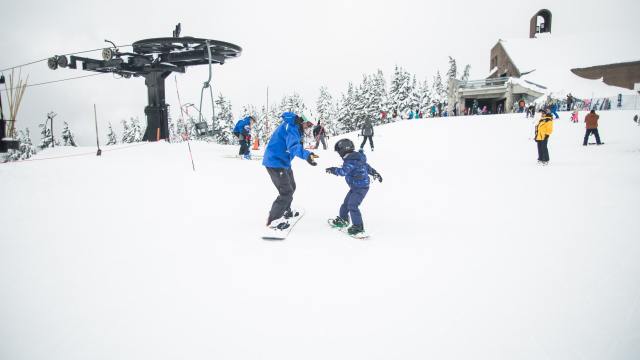
For a full day or better yet a family weekend trip, Hoodoo Ski Area in Sisters, just outside of Bend, is a worthy destination. You'll find it at the summit of Santiam Pass, drawing visitors from all over the state, thanks to its central location. The mountain has five lifts and 34 runs that are a nice mix of green, blue, and black, so no matter how many times you've taken to the slopes (one or 100 times), you'll have plenty of powder to explore.
Insider Tip: The Autobahn Tubing park is currently closed due to staffing shortages.
Good to Know: Winter weekends here offer up a little something extra, like mountain mascot Harold the Hodag's birthday on February 18, Winter Carnival the following weekend, Ski Bike Fest in March, and more. Be sure to check their calendar for upcoming extras that are worth the drive.
Drive time from Portland: About 2.5 hours
Online: skihoodoo.com
Where to Go Cross-Country Skiing
Teacup Lake

Escape the speed demon crowds, and enjoy downhill’s quieter winter kin—cross-country skiing. Enjoy 24 kilometers (that's about 12 miles) of groomed trails, relative solitude, and a spectacular view of Mt. Hood once you pass frozen and snow-covered Teacup Lake in the Mt. Hood National Forest. There are groomed tracks and a skating lane, and all are groomed Mondays, Wednesdays, Saturdays, and Sundays. Teacup’s pristine trails stay that way because dogs and snow shoes are not allowed; that plus a friendly emphasis on a particular standard of trail etiquette. When you need to warm up, head to the Ray Garey Cabin to shake off the cold.
Insider Tip: If you're a family a first-timers, Teacup offers an array of learn-to-ski classes for kids as young as 6.
Good to Know: An Oregon Sno-Park permit is required to park here. Only pit toilets available on-site.
Drive time from Portland: Just over 1 hour
Online: teacupnordic.org

Tips for a Successful Ski Day with Kids:
1. Expect shorter skiing days, especially if naps are still part of your family routine. Runs open early, so you can make the most of your day by getting up and at 'em as early as possible. Then heading back down the mountain around afternoon nap time. There's no doubt the kids will be tired after a day on the slopes.
2. Snacks and water are a must. No matter where you're eating on the mountain, everyone always seems to be hungry at the same time. Avoid meltdowns by packing extras for hungry kids, and avoid wait times by eating around peak times.
3. When it comes to buying gear, kids' growth spurts make buying a little frustrating financially, so renting is a great option. Although the one piece of gear to purchase (according to experts) is a good helmet.
4. It’s always a good idea to check weather and road conditions at ODOT's Trip Check before heading out for the day. Snow conditions on the mountain are a must too. All of these resorts have condition cameras that livestream so you can plan your day to go as smoothly as possible.





